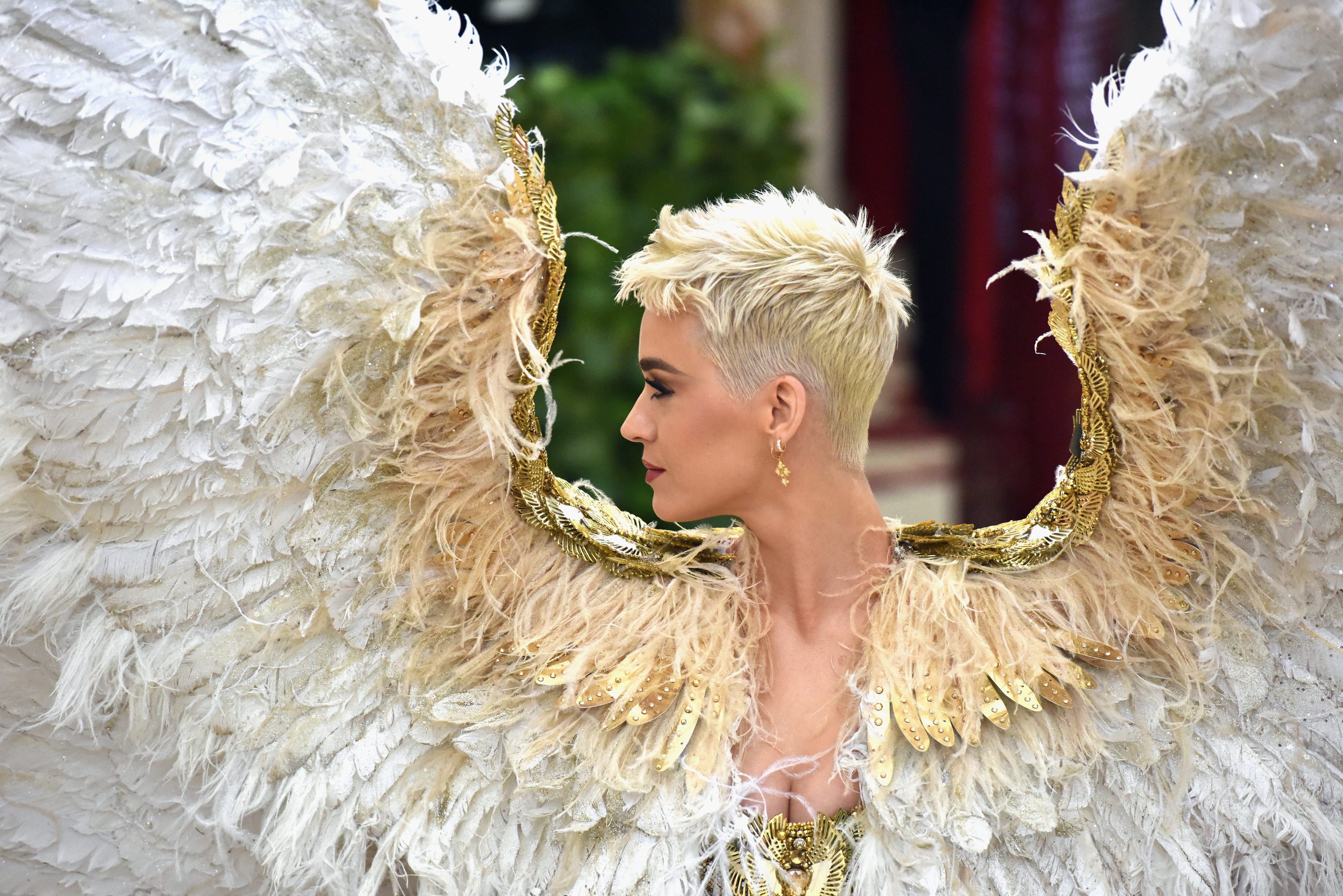
Life in the time of corona is fraught and full of firsts, even for the editrixes of Vogue magazine. Last week, Anna Wintour posted candid pictures of herself running through the woods wearing sweats, sending the internet into hysterics. “I never thought I’d see Anna Wintour in sweatpants,” one user commented on the Vogue Instagram.
“No one cares, people are dying,” wrote another.
In an equally newsworthy first this week, the Met Gala, the splashy party held on the first Monday of every May to inaugurate the Costume Institute’s annual exhibition, was scrapped for the first time in its 25-year history. But that didn’t stop a group of savvy young creatives from assuming the mantle online.
A virtual version of the gala took place Monday night on High Fashion Twitter (or hft, as it’s more commonly referred to among its members), bringing together a community of around 1,000 Generation Z fashion die-hards who “arrived” to the event by posting mood boards, original illustrations, collages, or selfies on their personal Twitter accounts, using the hashtag #HFMetGala2020.
From midnight on, attendees commented and congratulated one another on their assembled creations, which ranged from a staged recreation of Vermeer’s Girl With a Pearl Earring, featuring lush Filipino Ifugao fabrics, to a gender-fluid ode to Alexander McQueen’s 2001 Voss collection (which he famously staged from a glass box resembling the padded cell of a mental hospital).
“Last year, Aria [Olson], the founder of the event, said, ‘Why don’t we have our own Met Gala next year?’” shared Margaux Merz, a 19-year-old fashion journalism student who co-organized the party with nine other girls from seven different countries, none of whom have met in real life.
“We had no idea what would happen with corona, but we decided that we still wanted to go through with it after Vogue canceled their gala.”
Together, they came up with four challenges to get party-goers started: the brand challenge, where gala attendees were tasked with coming up with images based on looks by under-appreciated designers; the wardrobe challenge, for which they put together outfits pulled from their own closets; the illustration challenge, in which guests made original illustrations of their looks, or ones they admired; and the open creativity challenge, allowing them to do whatever they liked outside the categories already described.
What became abundantly clear from the hft entries was that, in the right hands, fashion has a chance of stepping beyond its commercial framework. And in an age defined by Wintour’s insistence that celebrity culture and fashion have to be synonymous for the latter to survive, the virtual edition, all by itself, was arguably just what the moment called for.
“I think on High Fashion Twitter, there is a general critique of [the US edition of] Vogue, aesthetically,” Merz said. “People still read It, but whenever the covers are released and it’s just another celebrity, people are like, ‘Really?’”
“I think that there’s a consensus that Anna Wintour should retire,” she added. “She did amazing things in the ’80s and ’90s, but I still think some people feel that she’s gotten kind of tired. There’s nothing really new coming out of Vogue.”
Rebeca Spitz, a 20-year-old painting student who also helped organize the virtual gala, feels similarly.
“American Vogue was, at some point, the publication in fashion,” she says. “I feel that in recent years it’s become dominated by celebrity interests, and it’s not really about the fashion anymore. And for the younger generation, we’re less interested in celebrities, because most of them end up being problematic.”
And does she agree that Wintour needs to exit for the publication to resume its relevance?
“Not necessarily,” Spitz says with a laugh. “I don’t want to say that Anna needs to be gone, because I don’t want to put her in a box and say she can’t grow. But I do think it needs a breath of youth, and a little rejuvenation.”